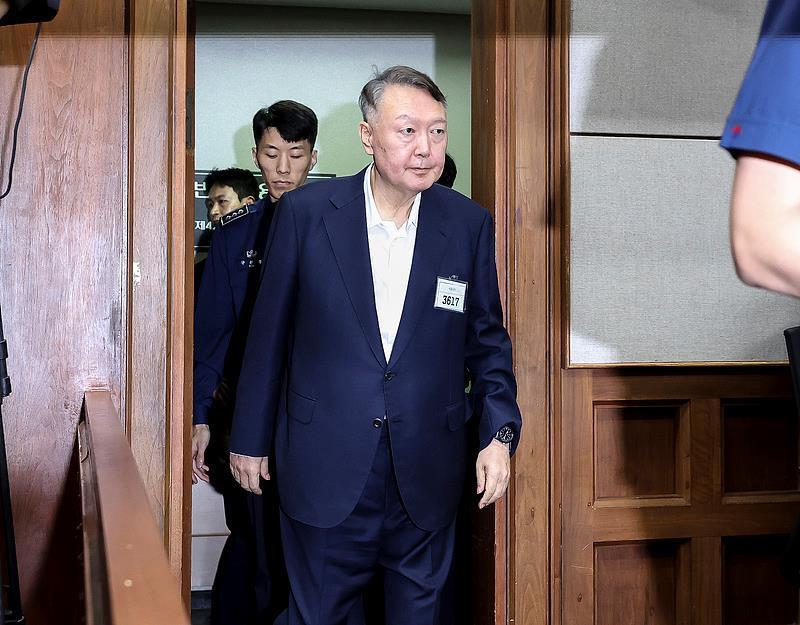
S&p Global data shows that business activity in the United States in July presented a complex picture. On the one hand, the composite PMI output index rose to 54.6, reaching the highest level since December last year, indicating a recovery in business activities. On the other hand, the prices of goods and services from enterprises have risen, raising inflation alarms. Economists are worried that inflation will accelerate in the second half of the year, and import tariffs are seen as the main "driver".
From a specific perspective, the performance of manufacturing and services is quite different. The preliminary reading of the manufacturing PMI dropped to 49.5, marking the first contraction since December last year, indicating that the manufacturing sector is under certain pressure. This might be due to multiple factors such as changes in the global economic situation, trade tensions, and the adjustment of domestic demand structure. In contrast, the preliminary reading of the services PMI soared from 52.9 in June to 55.2, demonstrating a strong recovery trend. The strong performance of the service industry may be supported by the domestic consumer market and driven by factors such as digital transformation, such as the rapid development of online services and fintech services, which have injected impetus into the growth of the service industry.
However, the inflation risks behind the recovery of business activities cannot be ignored. The U.S. consumer price index rose by 2.7% year-on-year in June, the biggest increase since February this year. The core inflation rate, which excludes food and energy prices, increased by 2.9% year-on-year, both exceeding the Federal Reserve's annual inflation target of 2%. And import tariffs play a key role in this. The US government frequently imposes additional tariffs, leading to an increase in enterprise costs. In order to maintain profits, enterprises have no choice but to pass on some of their costs to the prices of goods and services, thereby driving up prices. For instance, the prices of imported goods such as toys, clothing and audio equipment in the United States have risen collectively, and the prices of household appliances have climbed for three consecutive months.
The impact of tariffs on the US economy is multi-faceted. From the perspective of the consumer end, consumers are confronted with higher commodity prices and an increased actual living burden. According to an assessment by the Yale University Budget Lab in the United States, as of July 13th, the total effective tariff rate faced by American consumers reached 20.6%, the highest level since 1910. This year, on average, each American household will lose $2,800 as a result. This makes consumers more cautious when purchasing goods and services, and they may cut down on non-essential consumption expenditures, thereby having a negative impact on the sustainability of economic growth.
From the perspective of enterprises, in addition to rising costs and price transmission pressure, tariffs also lead to instability in the supply chain. Enterprises are confronted with more uncertainties when purchasing raw materials and components, such as increased transportation costs and extended delivery times. This not only affects production efficiency but also raises operational risks for the enterprises. Some enterprises may adjust their production layout and supply chain strategies as a result, but during the adjustment process, additional costs will inevitably be incurred, further squeezing the profit margin.
For the US government, the escalation of inflation alerts has posed a challenge to the formulation of monetary policy. If inflation continues to rise, the Federal Reserve may face greater pressure to raise interest rates to curb inflation, but this could also have a restraining effect on business activities that have just started to pick up, leading to a slowdown in economic growth. Conversely, if no forceful measures are taken to deal with inflation and it is allowed to develop unchecked, it will seriously affect the stability and sustainable development of the US economy, harm the interests of consumers and enterprises, and reduce the competitiveness of the US economy globally.
The recovery of business activity in the United States in July is a positive signal, but the escalation of the inflation alarm is like a "sword of Damocles" hanging high. The series of chain reactions triggered by import tariffs are profoundly influencing all aspects of the US economy. The United States needs to strike a balance between promoting sustained growth in business activities and controlling inflation, properly handle tariff issues, and optimize economic policies; otherwise, it may fall into a dilemma between economic growth and inflation, bringing more uncertainties to both the domestic and global economies.

The South Korean political arena has once again been embroiled in a public controversy over a judicial investigation that has shaken the entire nation.
The South Korean political arena has once again been embroi…
On the morning of December 29th local time, the precious me…
According to the US media Barchart, recently, the fluctuati…
On December 29th, Mar-a-Lago in Florida, USA, witnessed a h…
SoftBank Group announced on Monday that it has agreed to ac…
Recently, the US State Department issued a visa ban, adding…